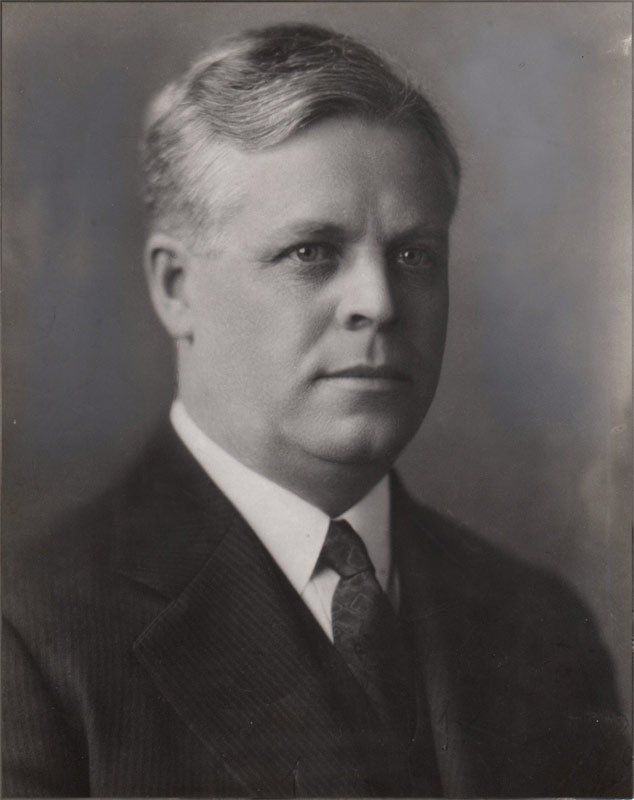HISTORY
In the 1920s, brothers Mantis James and Oris Paxton Van Sweringen planned and developed Shaker Square and Shaker Heights and linked it, via the Rapid Transit, with downtown Cleveland only eight miles away. Shaker Square, with its Georgian architecture, was one of the first planned shopping centers in the United States and is home to Shaker Cinemas, a wide range of dining options and the North Union Farmers Market on Saturday mornings. A few short blocks away to the north are the Cleveland Skating Club and the Larchmere shopping district and to the east is the Nature Center at Shaker Lakes. We invite you to become one of the owners of Shaker Courts.
History of Shaker Courts
by Doris Vargo
As a pupil at Ludlow School in the 1930s, my late husband John never thought that the vacant lot at the corner of Van Aken and Shaker Boulevard, where he and his buddies from school played pickup baseball, would one day be the site of a Greek Georgian-style building where he would live comfortably in a sixth floor condominium unit.
That was before World War II, when the Van Sweringen Development Company and the its bank Union Trust owned the land. The Union Trust defaulted during the crash of 1929 and the later became Union Commerce Bank and still later Huntington Bank.
The Van Sweringens – as part of their development of Shaker Square – hired R. A. Gall to construct an apartment building at 13400-13500 Shaker Boulevard. Architectural drawings and a floor plan, filed with the Cleveland Building department, show the building as developed in 1939 with a proposed building at 13600-13610 Shaker Boulevard, and future development at 13700-13720 Shaker Boulevard. All these addresses now belong to the gracefully aging condominium we know as Shaker Courts.
The blueprints were once stored with thousands more at the Warrensville Workhouse where the City of Cleveland kept blueprints in a facility, where humidity was ideal for records storage. When the Workhouse was demolished in 1995 Martin Hauserman was hired by the Cleveland City Council as an architect to sort the records. Eventually Hauserman was hired as permanent archivist for the city. He cares for blueprints and other important records dating back to 1803, which pertain to physical aspects of the city. The records were kept in an art deco building on West St. Clair Avenue, one block from City Hall.
The Cuyahoga County Senior Records Management Officer, Maureen Pergolia, has more records of local property in the Cuyahoga County Archives on Franklin Boulevard. These records show ownership of all important buildings in the area. All of these records were provided through the cooperation of Meghan Hays, local history librarian for the Shaker Heights Public Library.



